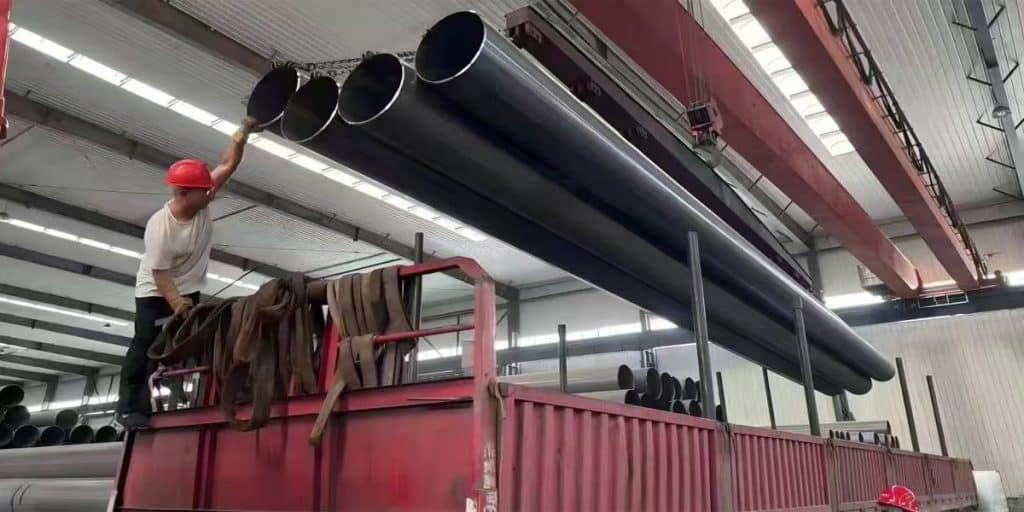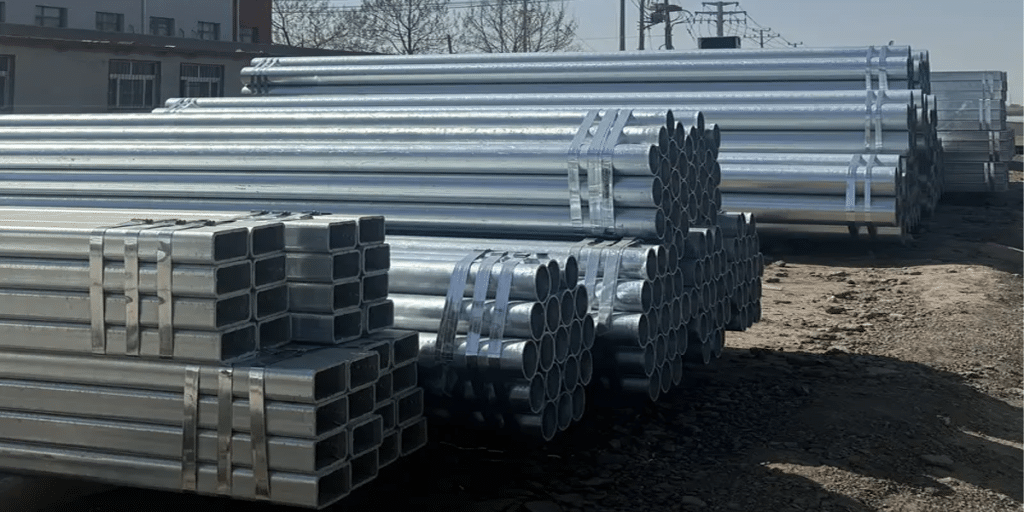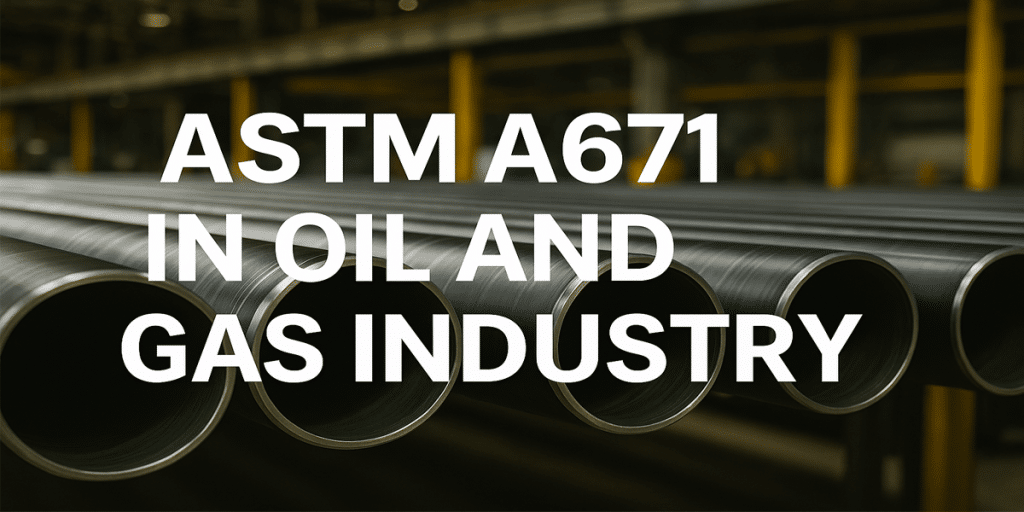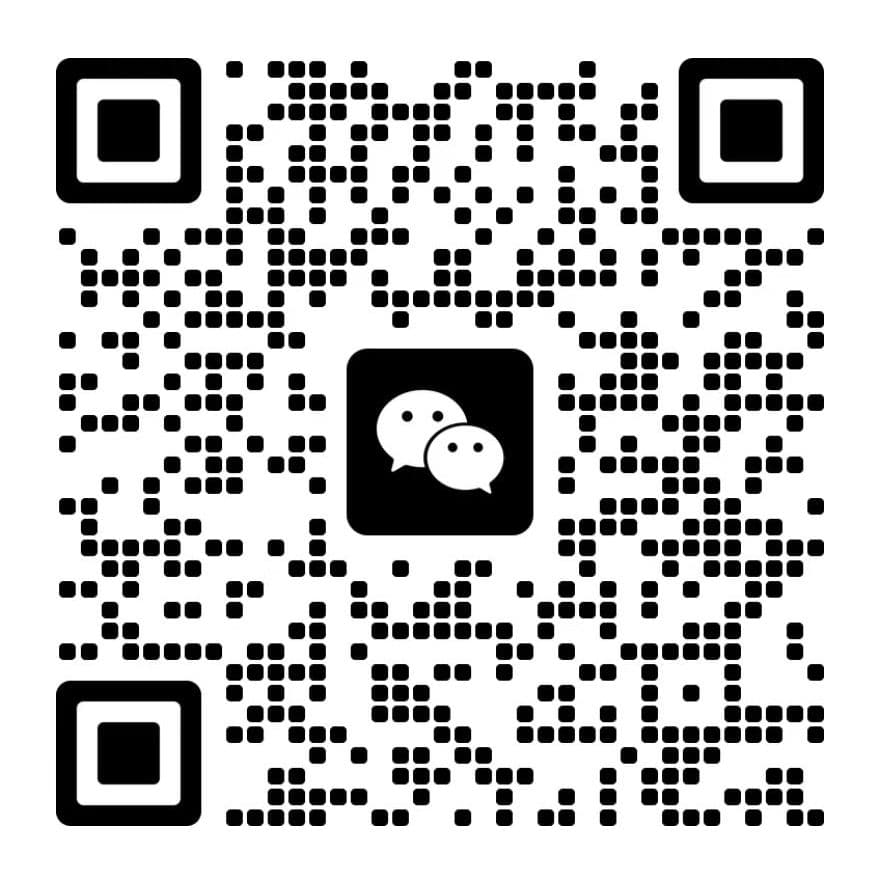- 1. What is ASTM A53 Pipe?
- 2. Why is ASTM A53 Pipe Transportation Critical?
- 3. Transportation Methods for ASTM A53 Pipes
- 4. Common Packaging Methods for ASTM A53 Pipe Transportation
- 5. Key Quality Control Points in Transportation and Logistics
- 6. Cost Optimization and Logistics Strategies
- 7. LONGMA: Your Trusted ASTM A53 Pipe Supplier
In the global steel pipe supply chain, ASTM A53 pipes have become essential foundational materials in construction, energy, water supply and drainage, and gas engineering due to their excellent performance and wide range of applications. However, strict control is not only required in the production process of steel pipes; transportation and logistics are also crucial links to ensure the smooth progress of projects. This article will provide you with a comprehensive analysis of the key considerations for the transportation and logistics of ASTM A53 pipes, helping you reduce risks, save costs, and ensure the safe delivery of products.
What is ASTM A53 Pipe?
ASTM A53 is a carbon steel pipe standard developed by ASTM International, primarily used for transporting water, steam, gases, and other liquid media.
Why is ASTM A53 Pipe Transportation Critical?
Steel pipes themselves possess characteristics such as high strength, long length, and significant weight, which present the following challenges during transportation:
- Pipe Length: Common lengths are 6m, 12m, or custom lengths, requiring specialized vehicles for transportation.
- Heavy Weight: A single large-diameter LSAW (Longitudinal Submerged Arc Welded) pipe can weigh several tons, necessitating professional loading and unloading equipment.
- Susceptibility to Damage: If the pipe ends or outer walls are damaged during transportation, it will affect subsequent welding and anti-corrosion performance.
- International Transportation Requirements: When exporting to regions such as North America, Europe, and the Middle East, compliance with different port and customs clearance standards is mandatory.
Therefore, formulating a scientific transportation and logistics plan is crucial to ensuring the stability of the ASTM A53 pipe supply chain.
Transportation Methods for ASTM A53 Pipes
- Road Transportation
- Scope of Application: Short-distance domestic transportation, and transportation from ports to project sites.
- Transportation Vehicles: Flatbed trucks, low-bed trailers.
- Key Considerations: Wooden cushions and strapping must be used to secure the pipes and prevent them from rolling.
- Sea Transportation
- Scope of Application: The most common transportation method in international trade.
- Transportation Modes: Container transportation (for small-diameter ERW – Electric Resistance Welded – pipes) and bulk transportation (for large-diameter LSAW pipes).
- Key Considerations:
-
- Small-diameter pipes can be bundled into hexagonal shapes to facilitate container loading.
- Large-diameter pipes need to be stacked in layers and reinforced to prevent damage caused by sea turbulence.
- Rail Transportation
- Scope of Application: Cross-border land transportation (e.g., China – Central Asia, Europe).
- Advantages: Relatively low cost and shorter transportation time compared to sea transportation.
- Key Considerations: Strict adherence to the binding standards set by the railway administration is required.
Common Packaging Methods for ASTM A53 Pipe Transportation
| Packaging Method | Applicable Diameter | Features |
| Hexagonal Bundling | Small diameter (≤ 4″) | Saves space, suitable for container transportation |
| Bare Packaging with Protective Caps | Medium to large diameter (4″ ~ 24″) | Plastic caps are added to pipe ends to prevent collision and dust ingress |
| Wooden Case or Steel Frame Packaging | Customized special pipe fittings | Prevents deformation or damage to precision components |
| Bulk Transportation | Large-diameter LSAW pipes | Stacked in single or multiple layers, requiring wooden cushions and steel wire reinforcement |
Key Quality Control Points in Transportation and Logistics
- Anti-Corrosion and Moisture Prevention
- Before export transportation, the surface of steel pipes usually needs to be coated with anti-rust oil or galvanized.
- Desiccants must be added during container transportation to prevent rusting caused by marine humidity.
- Loading and Unloading Specifications
- Slings or special lifting tools must be used; direct contact between steel wire ropes and the pipe body is prohibited.
- The stacking height should not be excessively high to prevent pipe bending.
- Labeling and Traceability
- Each pipe must have clear labels, including specifications, material, standard, and batch number.
- This facilitates quick identification by customers on-site and enables after-sales traceability.
- International Compliance Documents
- Common documents include: packing list, bill of lading, certificate of origin, and material test certificate (MTC).
- When exporting to the European and American markets, compliance with EN 10204 3.1 or 3.2 certificate requirements is usually additional.
Cost Optimization and Logistics Strategies
For international projects, transportation costs typically account for 15% to 30% of the total steel pipe cost. Optimizing transportation strategies can significantly reduce costs:
- Full Container Load (FCL): Suitable for large-volume orders, with a lower unit price.
- Less than Container Load (LCL): Suitable for small-volume orders, avoiding warehouse stockpiling.
- Nearby Warehousing: Stocking goods in major ports or overseas warehouses to shorten the delivery cycle.
LONGMA: Your Trusted ASTM A53 Pipe Supplier
As a steel pipe manufacturing enterprise with over 20 years of production experience, LONGMA specializes in the R&D and production of ERW round pipes and large-diameter LSAW pipes. We not only provide high-quality steel pipes that meet the ASTM A53 standard but also offer customers full-process transportation and logistics solutions:
- Global Delivery Capability: Covering more than 60 countries across Asia, Europe, North America, the Middle East, and beyond.
- Strict Quality Control System: 100% ultrasonic, eddy current, and hydrostatic testing before delivery.
- Professional Logistics Team: Proficient in multimodal transportation such as sea, rail, and road, ensuring the safe arrival of products.
- Customized Services: Can provide length cutting, anti-corrosion coating, and special packaging according to project requirements.
Choosing LONGMA means you not only obtain high-quality ASTM A53 pipes but also enjoy one-stop transportation and logistics support. Contact us now to get a quotation and transportation plan!





